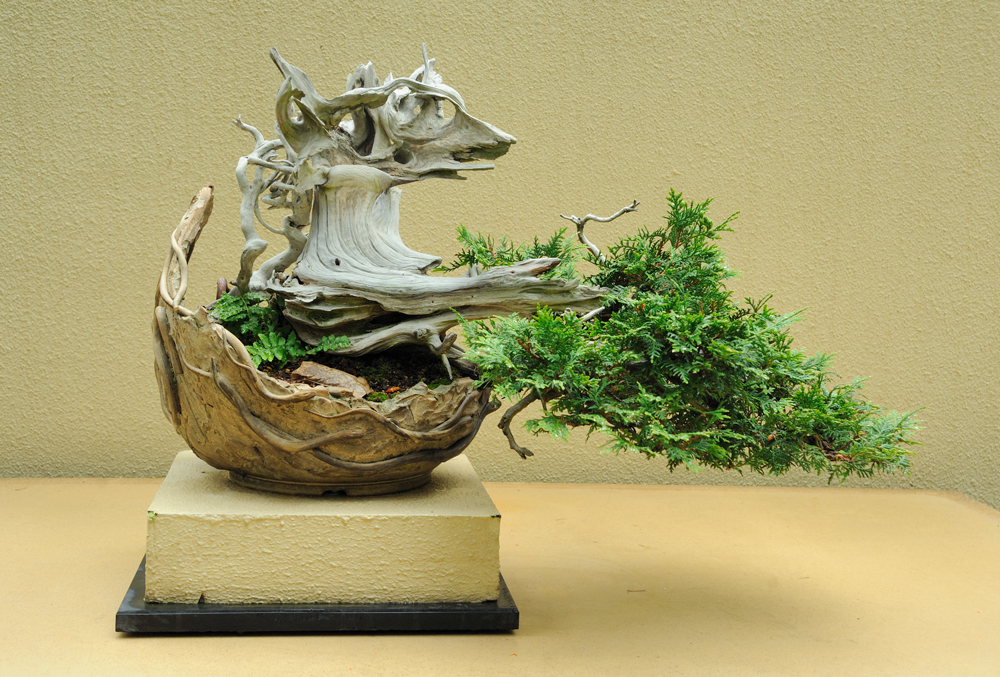
Pacific Bonsai Museum locates in the Federal Way town that is about 30 minutes to the south from Seattle by Highway 5.
If you love bonsai this place is for you.
The collection has more than 100 plants from around the world and it is the best bonsai collection in North America.
The admission is free, by the way.
All collection except small tropical pavilion is in the open air. It is huge meadow in the forest separated with small walls.
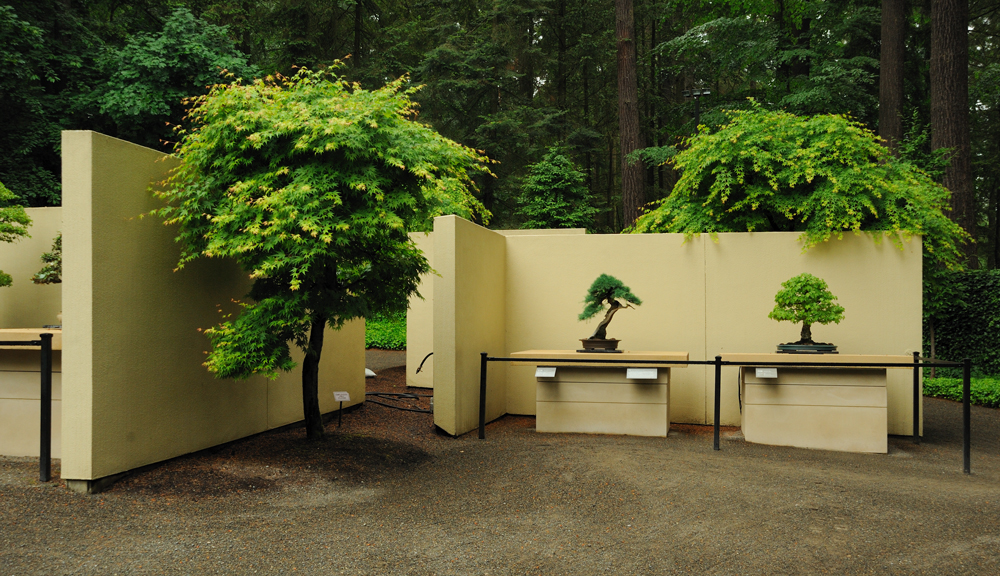
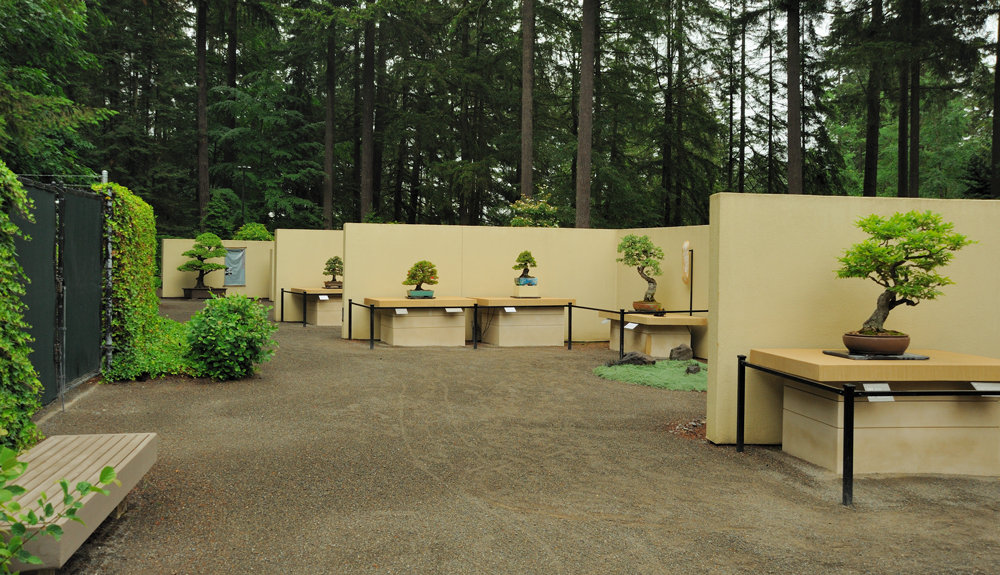
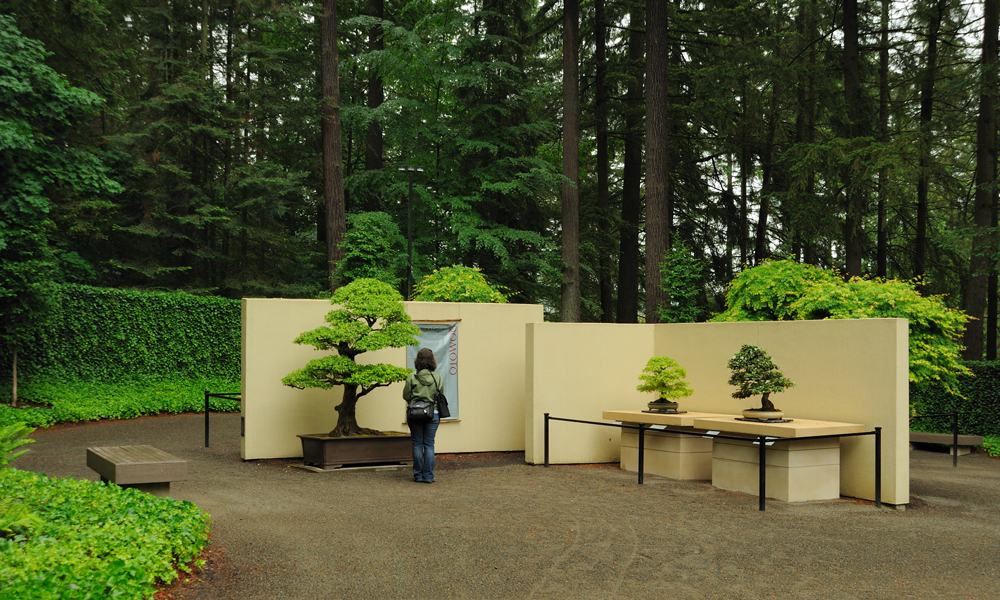
Some trees:

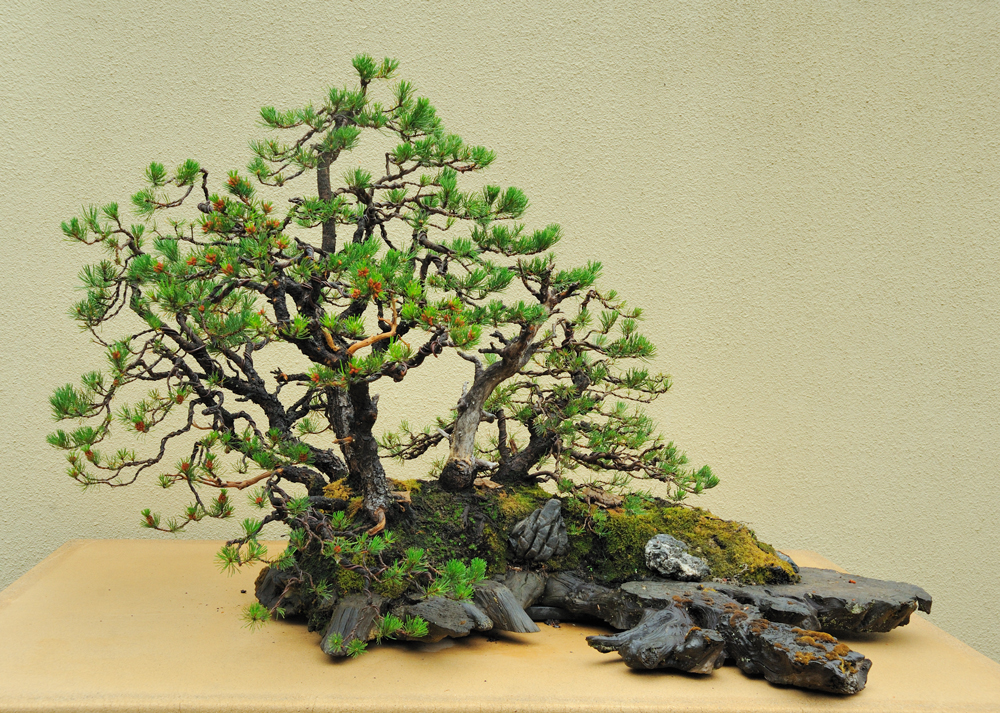
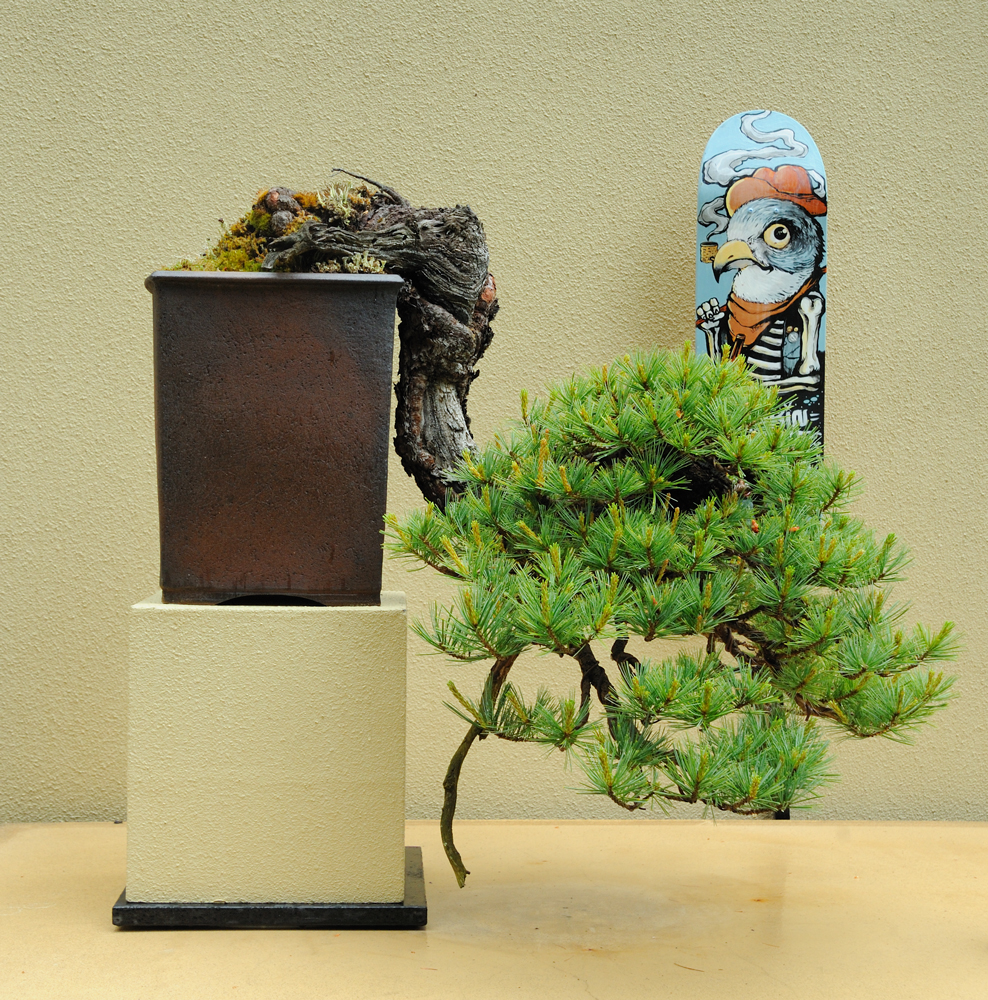
Every plant here has its written story. I am not a bonsai expert, so I found a lot of new information.
I always thought that bonsai should be trained from a little young plant. Actually, it is not necessary. This yew was a huge tree and growth on the street. During the street improvement, it was rooted up. The master took pity of the yew and planted in his own garden. Later he decided to make bonsai of the yew, removed most plant except small shoot with root and trained it.

Bonsai masters look for material not only in their backyards. They also travel into wild severe places looking for something special.
This American larch was born in about 1830 and was transformed into bonsai in 1972. The tree growth (and possibly still grows) near the Dead Crow Lake on the top of Bretin Island in Nova Scotia. The lower branch of the larch was pressed by snow to the ground so long, that it gave a little root. The master separated this branch with root from the tree and trained into bonsai.
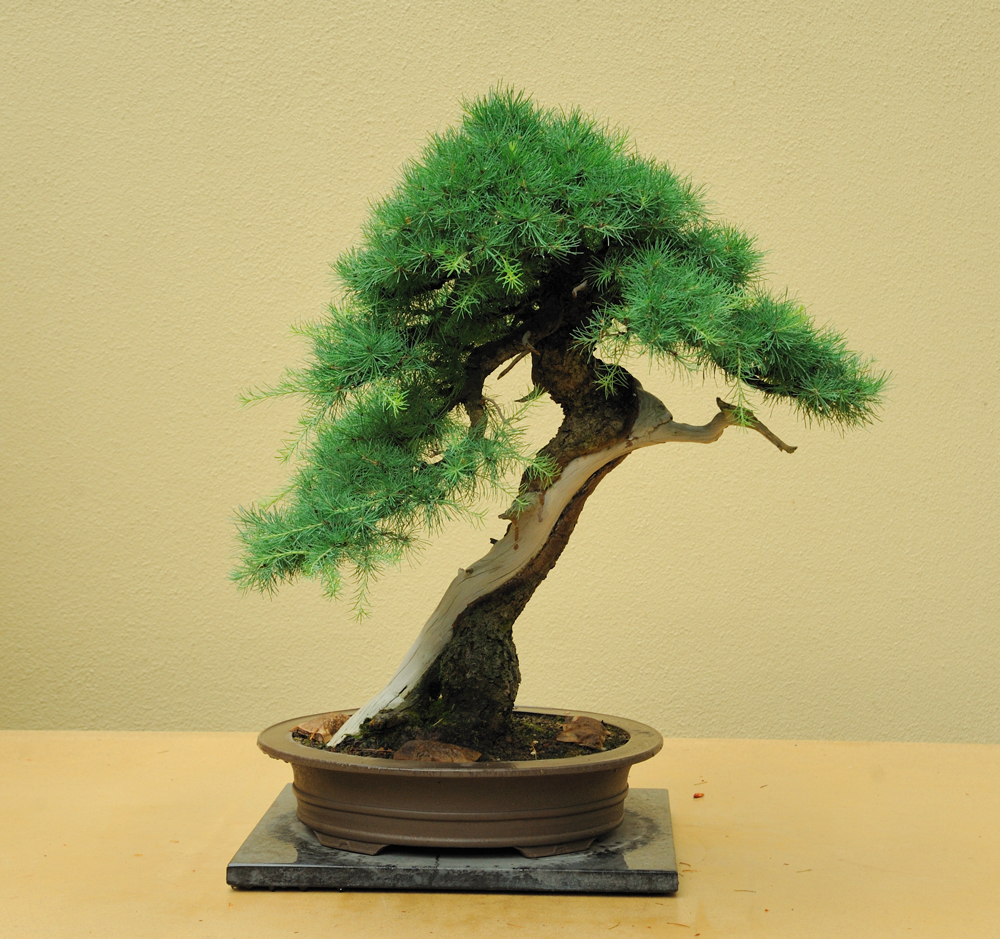
This juniper growth in Colorado on the elevation about 3000 meters and was dwarf because of environmental condition. The bonsai master fount it in 1964, took home and started its training to bonsai.

A juniper is populat plant among bonsai masters.

A bonsai is not always one plant, sometimes it is a whole grove.
Chinese Elm Penjing. It was born in 1980 (the oldest tree) and was transformed into bonsai in 1985.

Another elm grove. They have been trained just from seeds (1971).

Maple on the rock. It is a very popular method, although quite complicated. In the beginning, a tree is growing in a deep pot to form long enough roots. After the tree is removed from the pot and set above the rock in a way that roots are longer than rock. The roots are temporarily fixed to the rock and the ends of the roots are covered with soil. The tree is kept om the rock until it forms a solid structure.

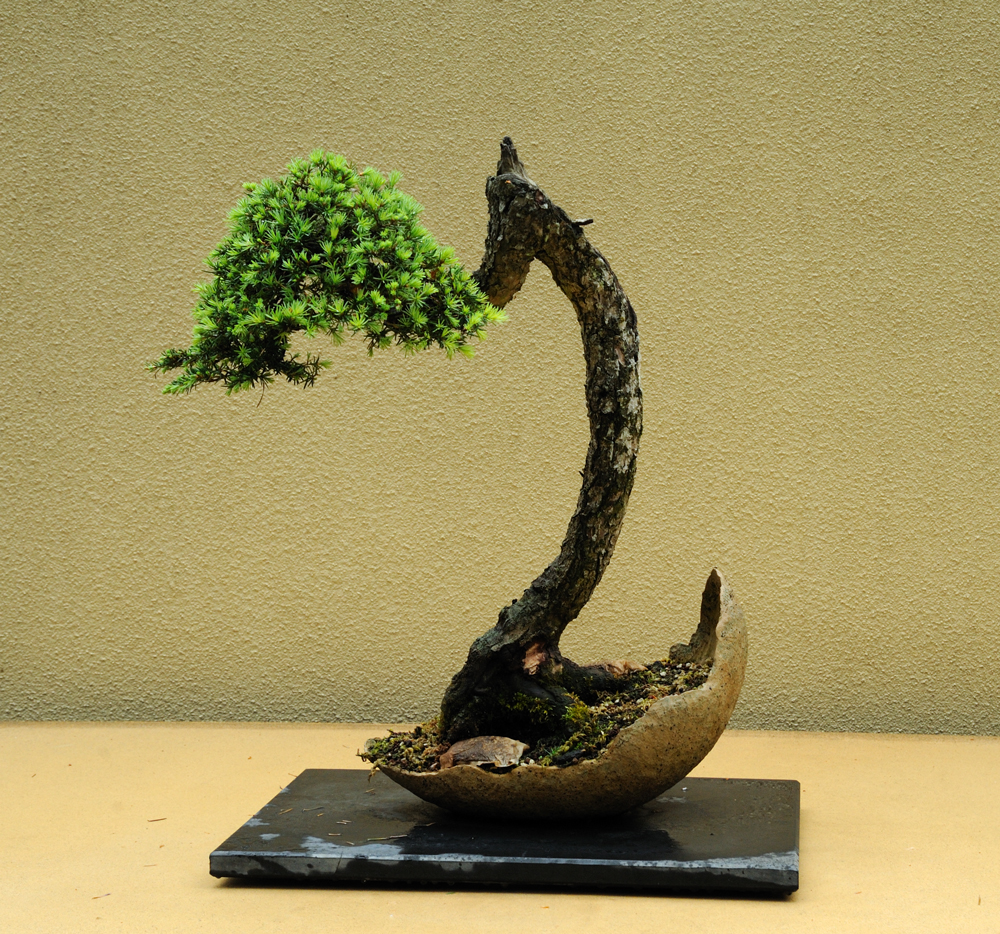
Maple. Very traditional.
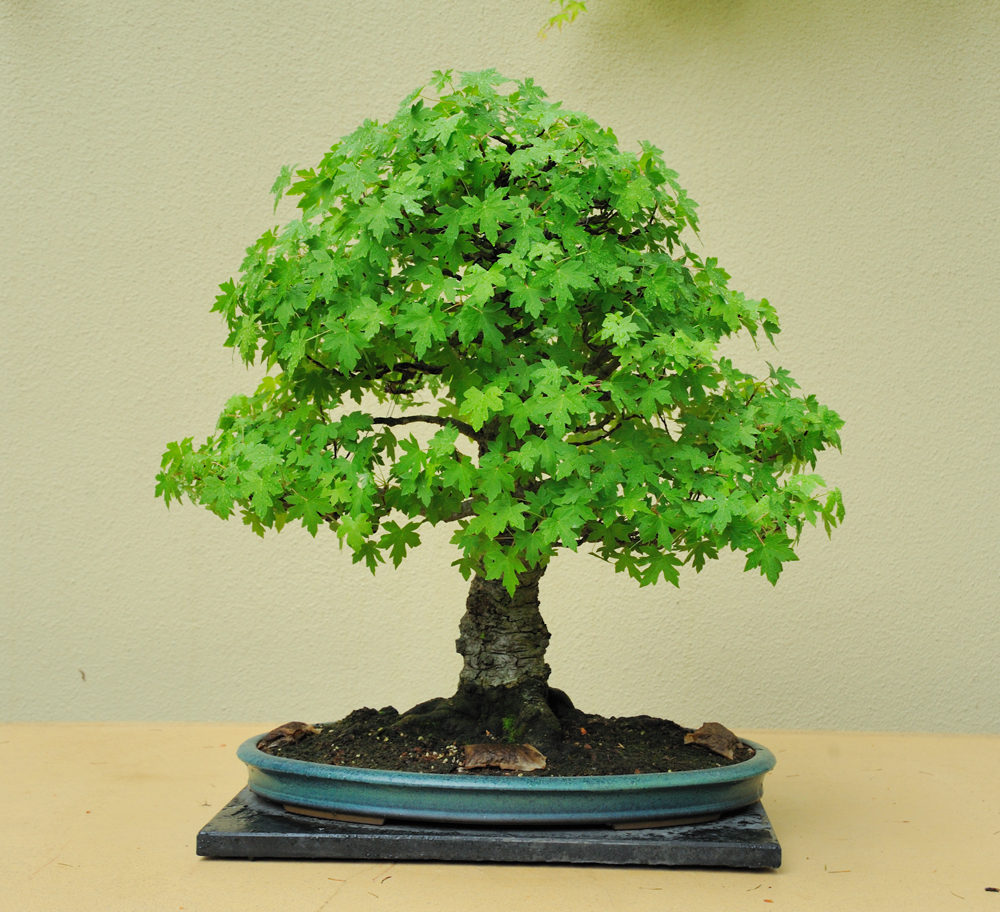
Japanise white pine. Bonsai since 1965.
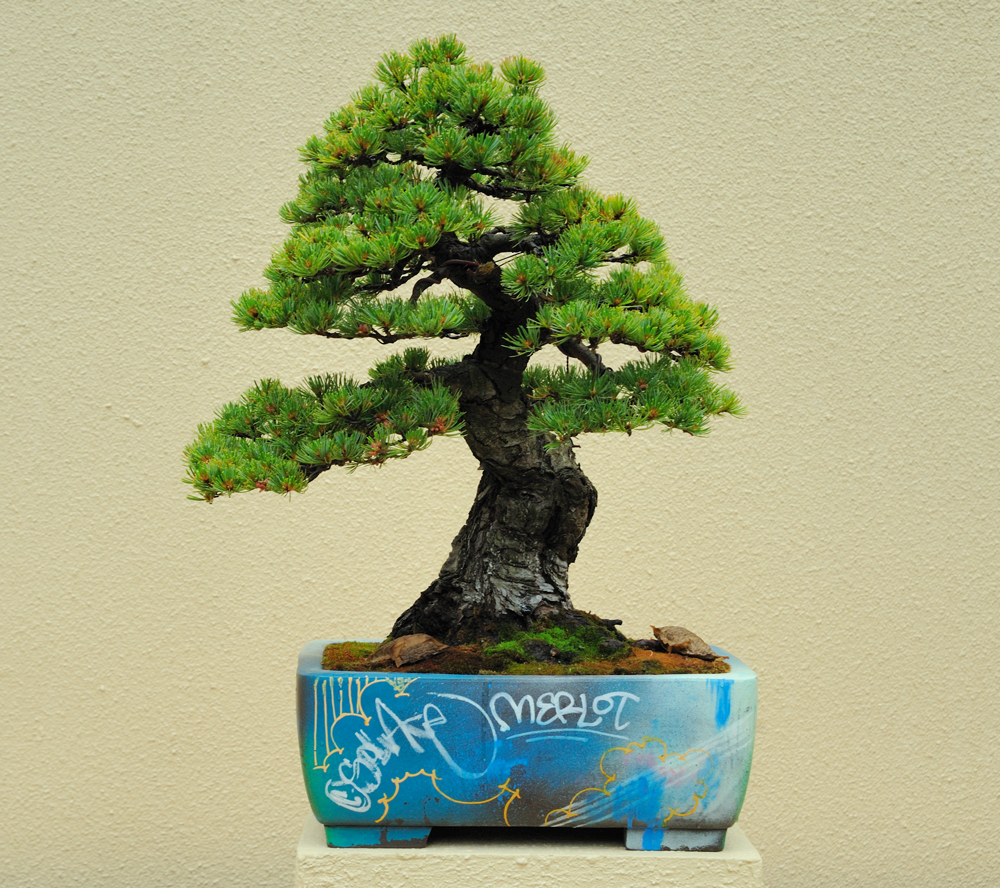
This cedar war born in 1945, transformed into bonsai in 1969.
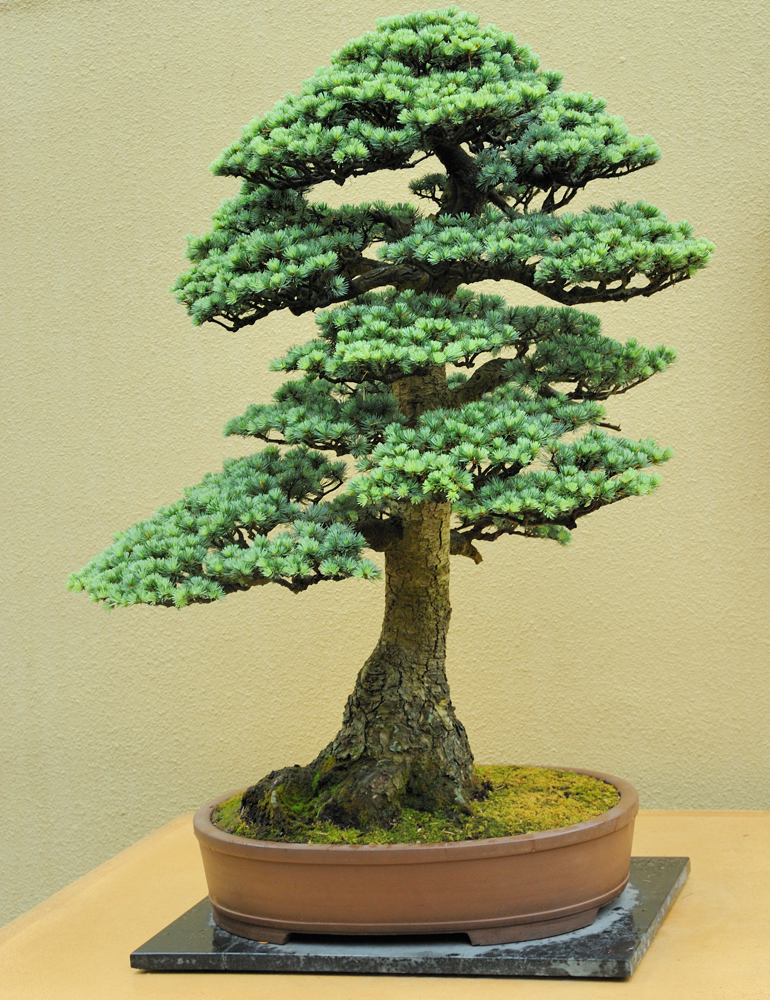
Ginko
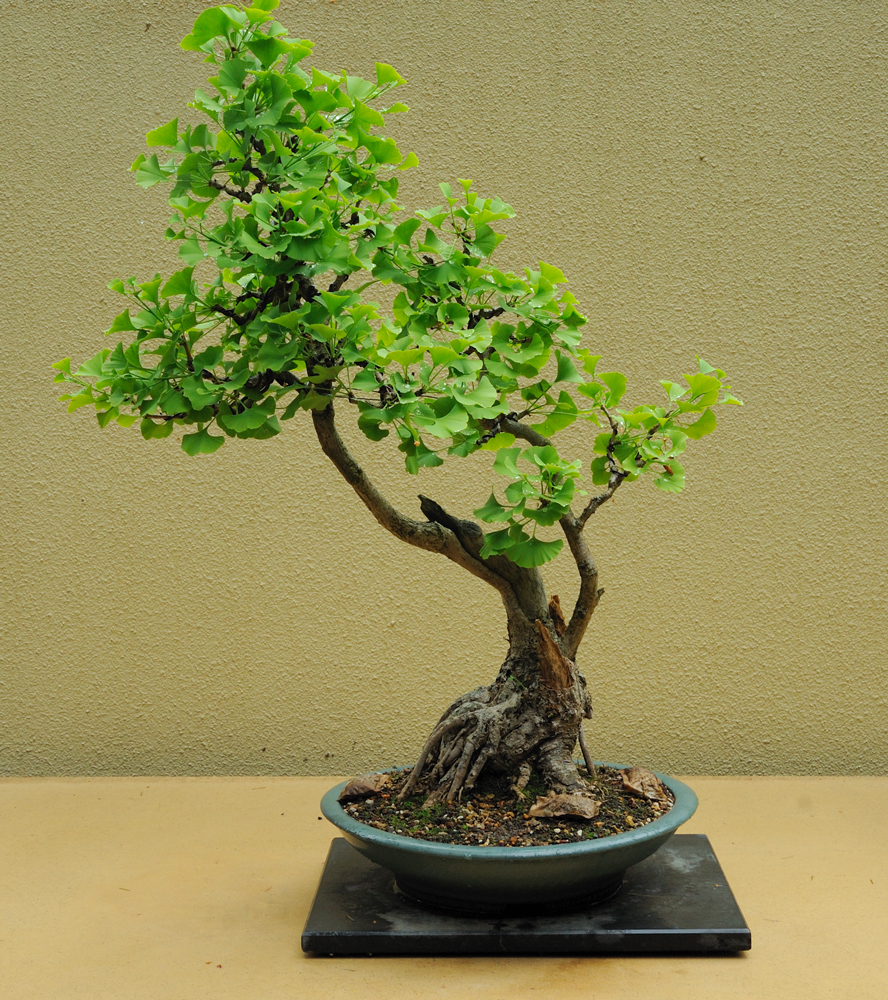

Blooming rhododendron

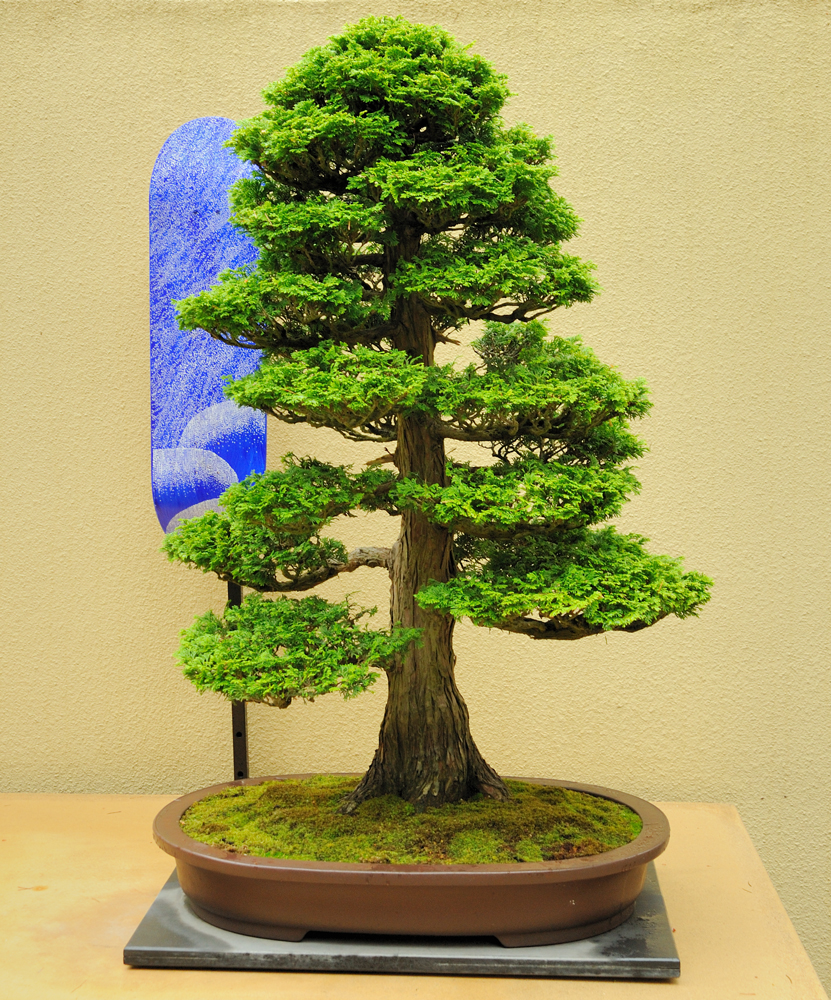
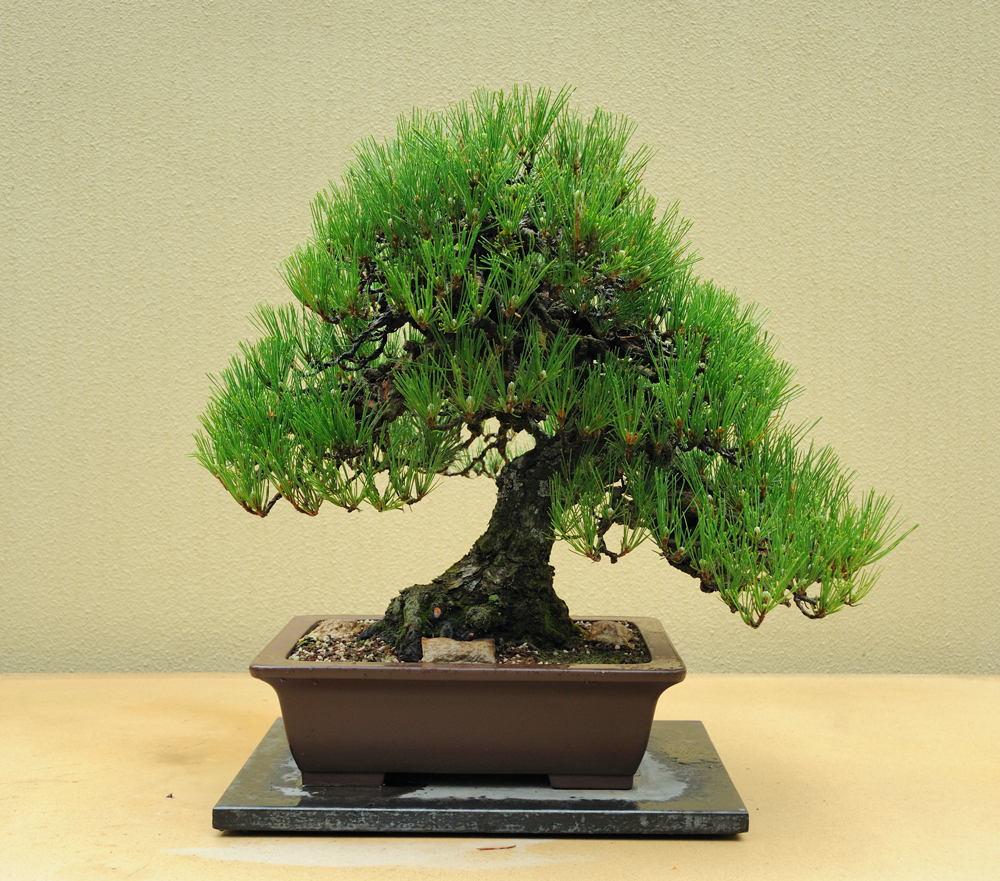
Carissa
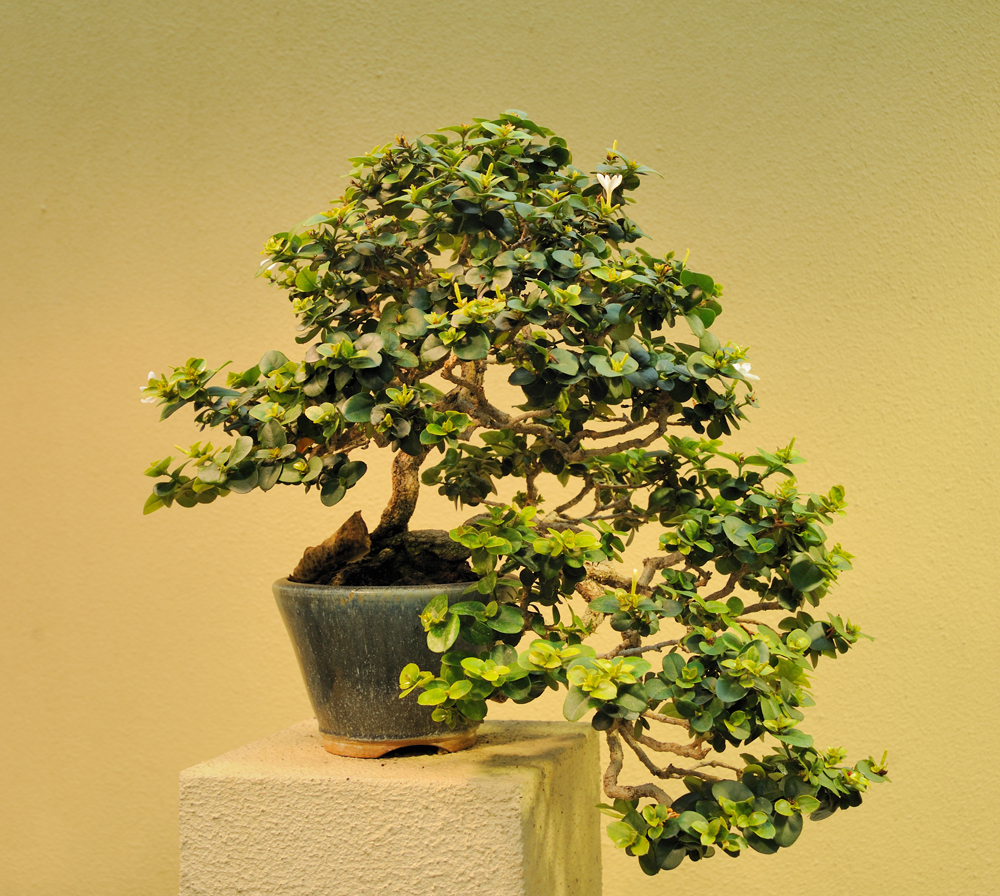
And it is only small part of the collection.